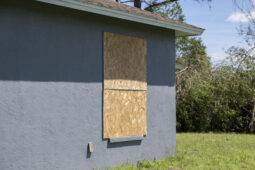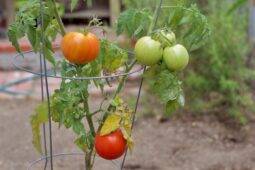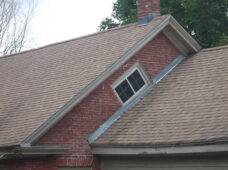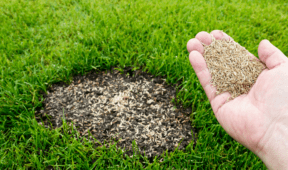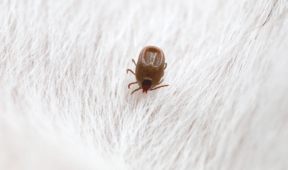Don’t Grow These 7 Plants Close To Your Home—They’re Destructive
The gardening world is full of a seemingly endless amount of plants one can find space for in their yard. Among them, there are some plants that seem harmless at first glance, even beautiful, but growing them too close to your house can cause more trouble than they’re worth. From root systems that damage foundations to inviting tons of pests, here are seven plants best kept at a distance from your home.
1. Bamboo
Bamboo is perhaps the most well known hyper-destructive plant out there. It grows fast and spreads faster. Its roots, known as rhizomes, are aggressive and can push through barriers like patios, sidewalks, and even underground plumbing. If planted too close to the house, it can become nearly impossible to control and very expensive to remove. It’s best to admire bamboo from afar in their natural habitats or keep it contained in large planters far away from your foundation.
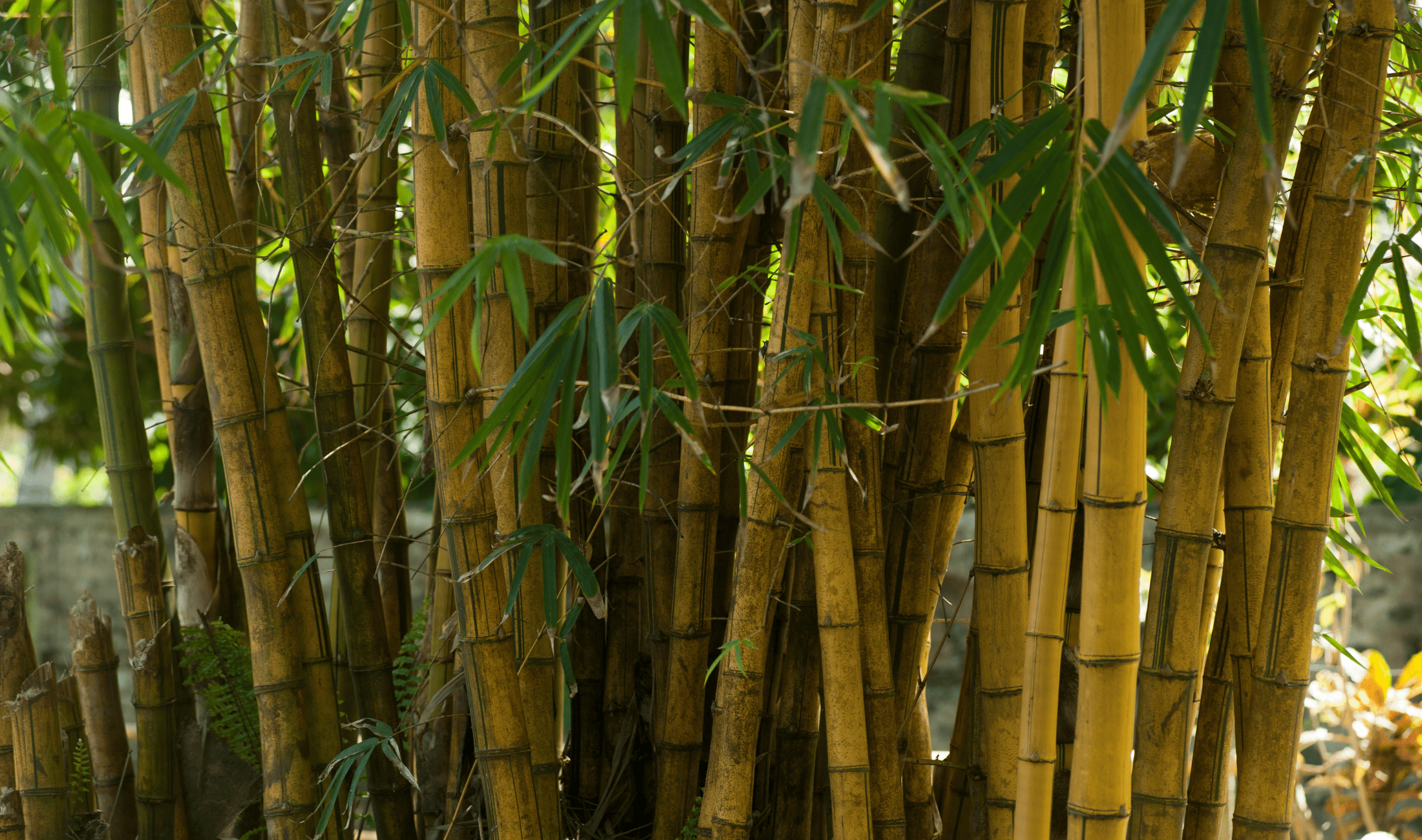
2. Wisteria
Wisteria vines are stunning in bloom, but they’re also strong climbers that can wrap themselves tightly around gutters, siding, and porch rails. Over time, they can pull apart wood and cause lasting damage to all kinds of structures. Their roots also spread widely and can compete with nearby plants. If you love wisteria and want to grow it anyway, train it on a freestanding arbor or fence that’s safely away from your home.
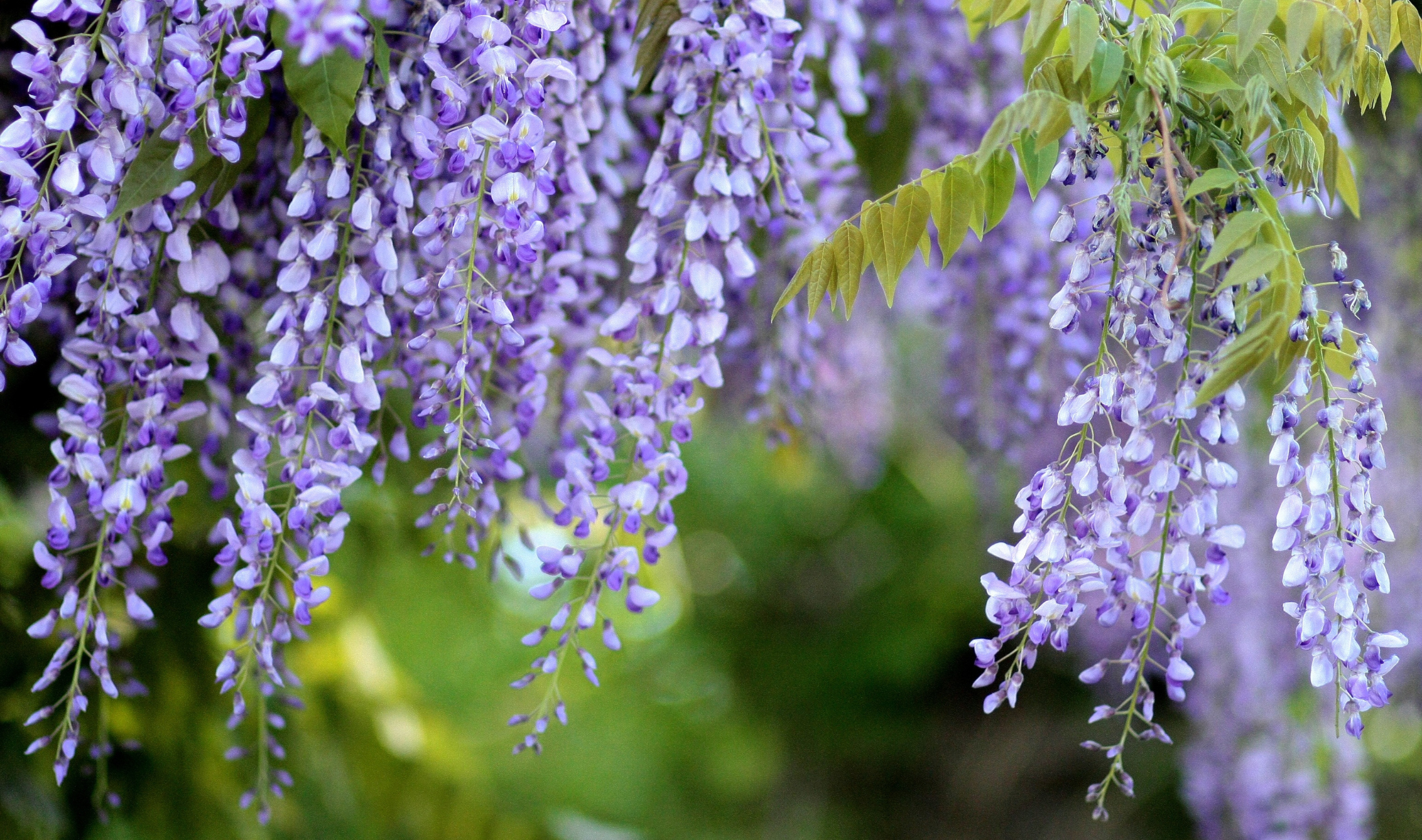
3. English Ivy
English ivy clings to brick, siding, and wood with small root-like structures. While it might look beautiful, it traps moisture against these surfaces, which leads to mold, rot, and pest issues. Once it takes hold, it’s very difficult to remove without damaging the whatever’s underneath. It’s better to grow ivy in containers or let it trail along the ground far from your walls.
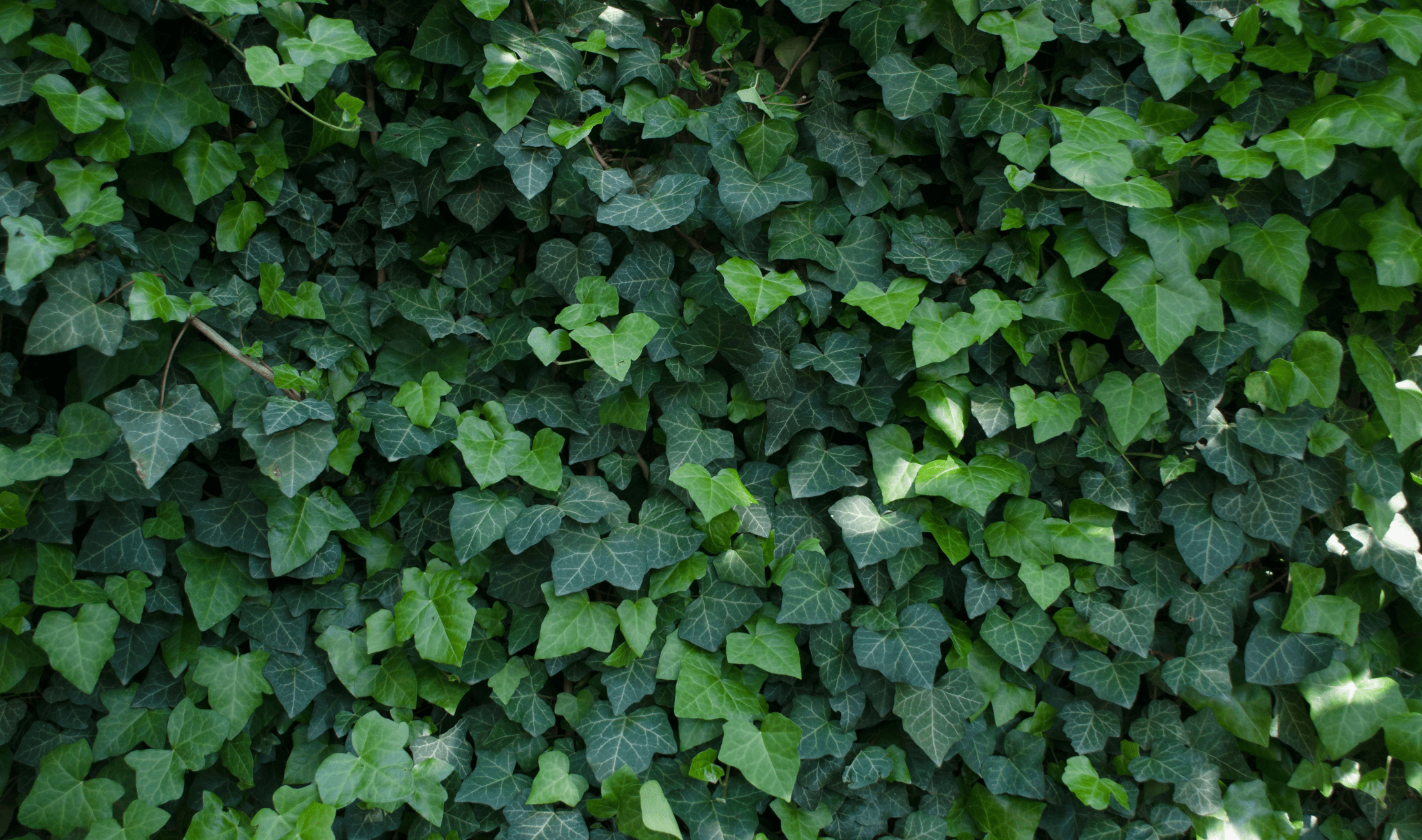
4. Large Trees with Invasive Roots
Trees like silver maple, willow, and poplar grow fast, but their roots are always searching for water, so they often end up in drainpipes, septic lines, or foundation cracks. These roots can lift sidewalks, damage driveways, and weaken your home’s structure over time. If you want a shade tree, choose one with slower growth and less aggressive roots, and plant it at least 20 feet from any building.
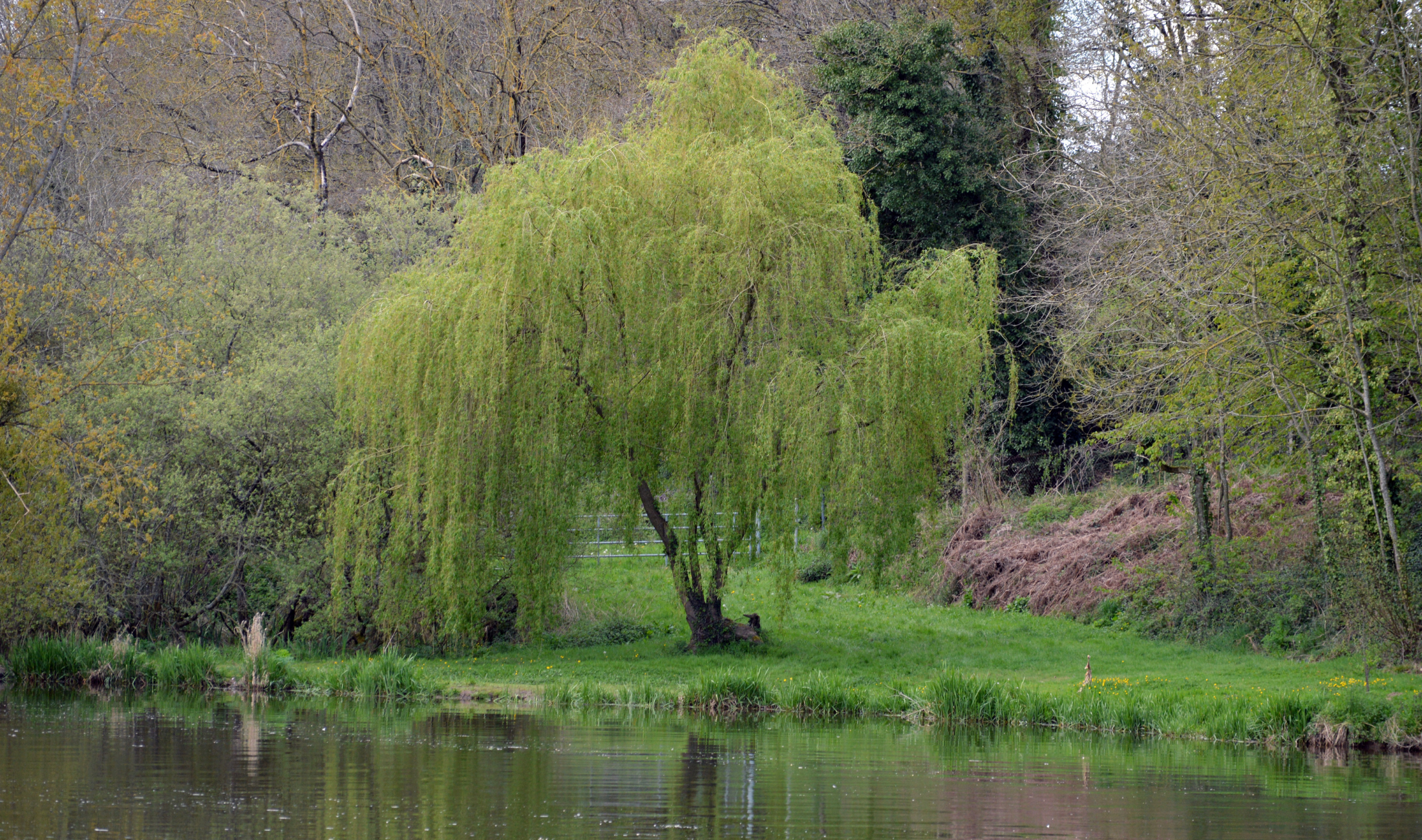
5. Oleander
Oleander may be drought-tolerant and easy to grow, but every part of the plant is highly toxic. That alone makes it risky to plant near areas where children or pets might wander. On top of that, its size and dense growth can make it difficult to manage once mature. Keep it for wide, open spaces where it’s less likely to cause direct harm or surprise contact.
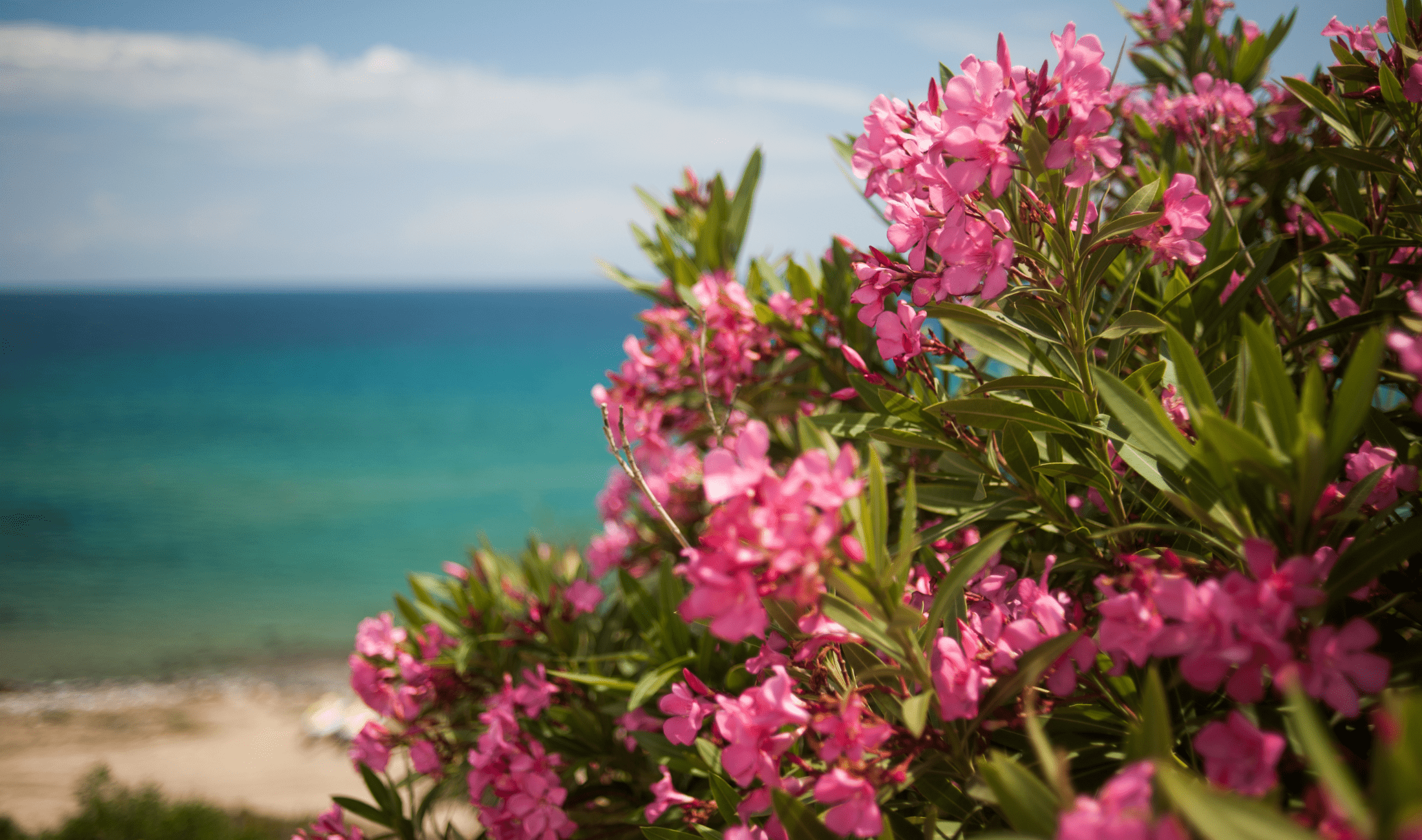
6. Mint
Mint is easy to grow, and nice to have fresh whenever you want some, but it doesn’t know when to stop. Once planted in the ground, it spreads fast through underground runners and can take over garden beds and nearby areas before you realize what’s happened. If planted near your home, it will likely creep into places it’s not welcome. To enjoy mint without the mess, grow it in containers and keep it on a porch or patio.
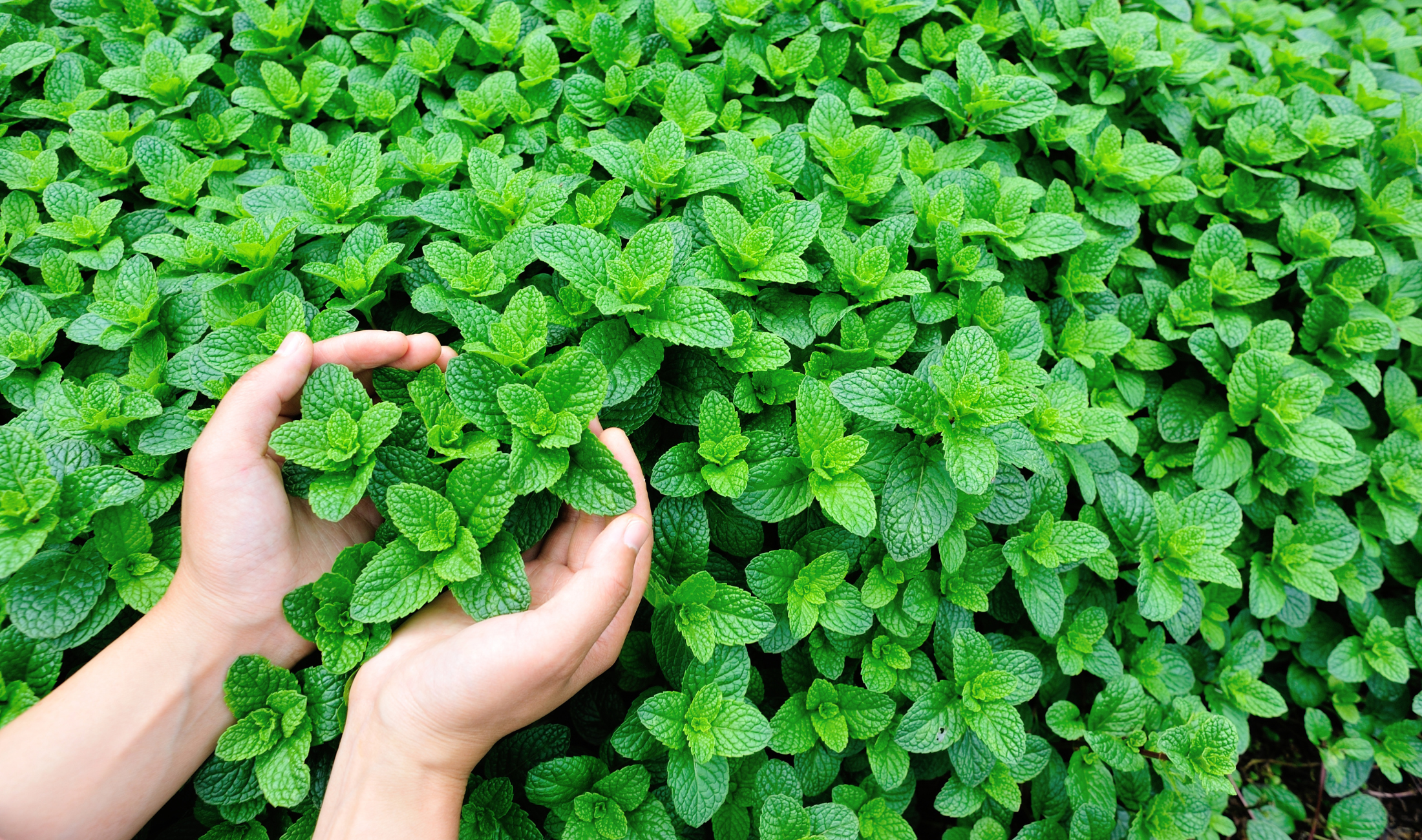
7. Trumpet Vine
Trumpet vine looks stunning with its bright orange blooms, but it’s an aggressive grower with roots that spread far and deep. Like wisteria, it clings to structures and can damage siding, windows, and eaves over time. It also attracts large numbers of bees and ants, which is less than idea when near doorways or windows. If you love its color, consider planting it on a distant fence or trellis instead.
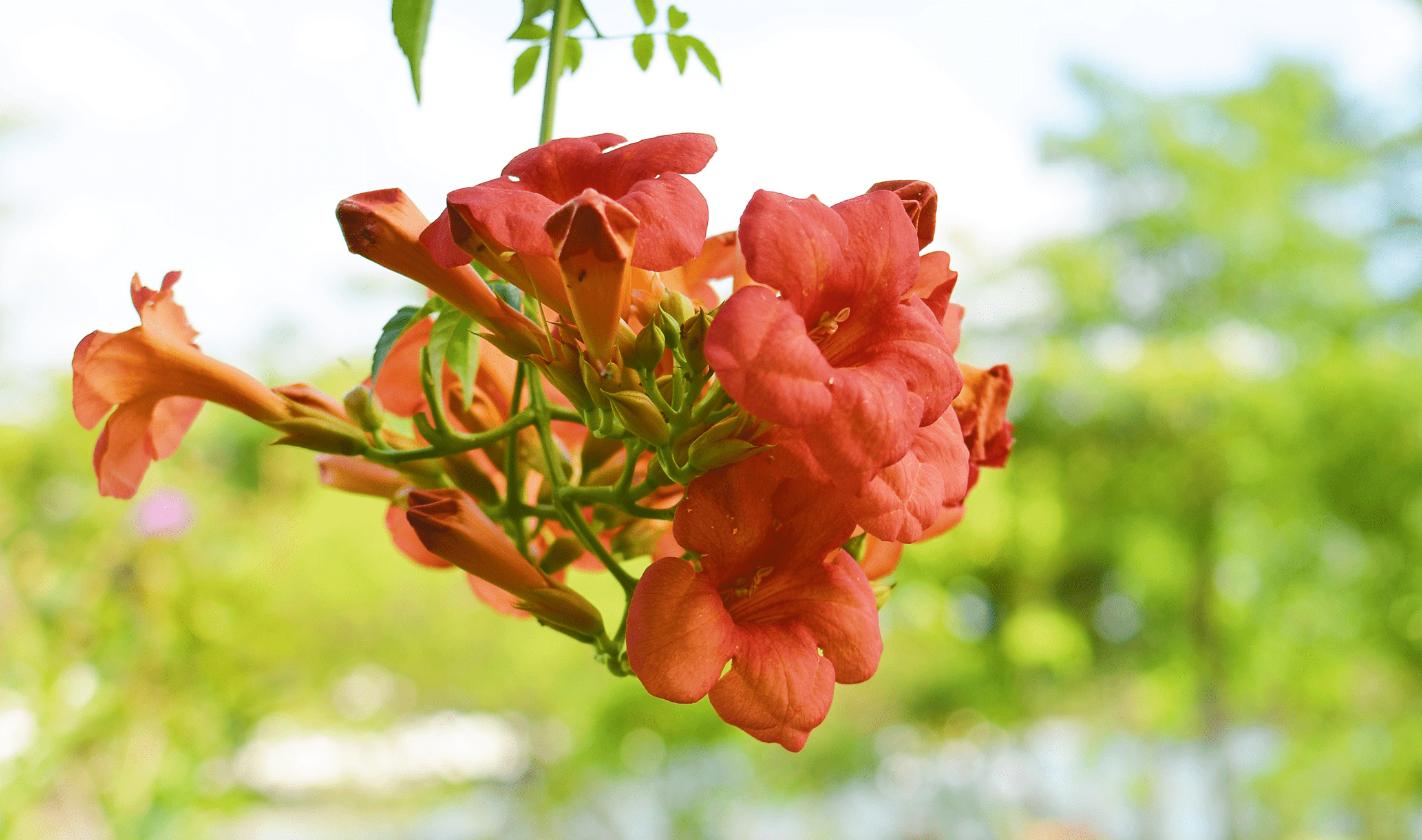
Related Articles
- Don’t Grow These 6 Perennials In Your Garden, Horticulturists Warn
- Keep Ants Out of Your Garden for Good with This Simple Garlic Infusion
- 3 Fruit Trees You Shouldn’t Grow In Your Yard, And 3 To Try Instead
The right plant in the right place makes all the difference. When planning your yard or garden, think beyond a plant’s appearance and consider how they might affect your home long term. With a little foresight, you can avoid costly repairs and enjoy a yard that both looks and functions beautifully.



